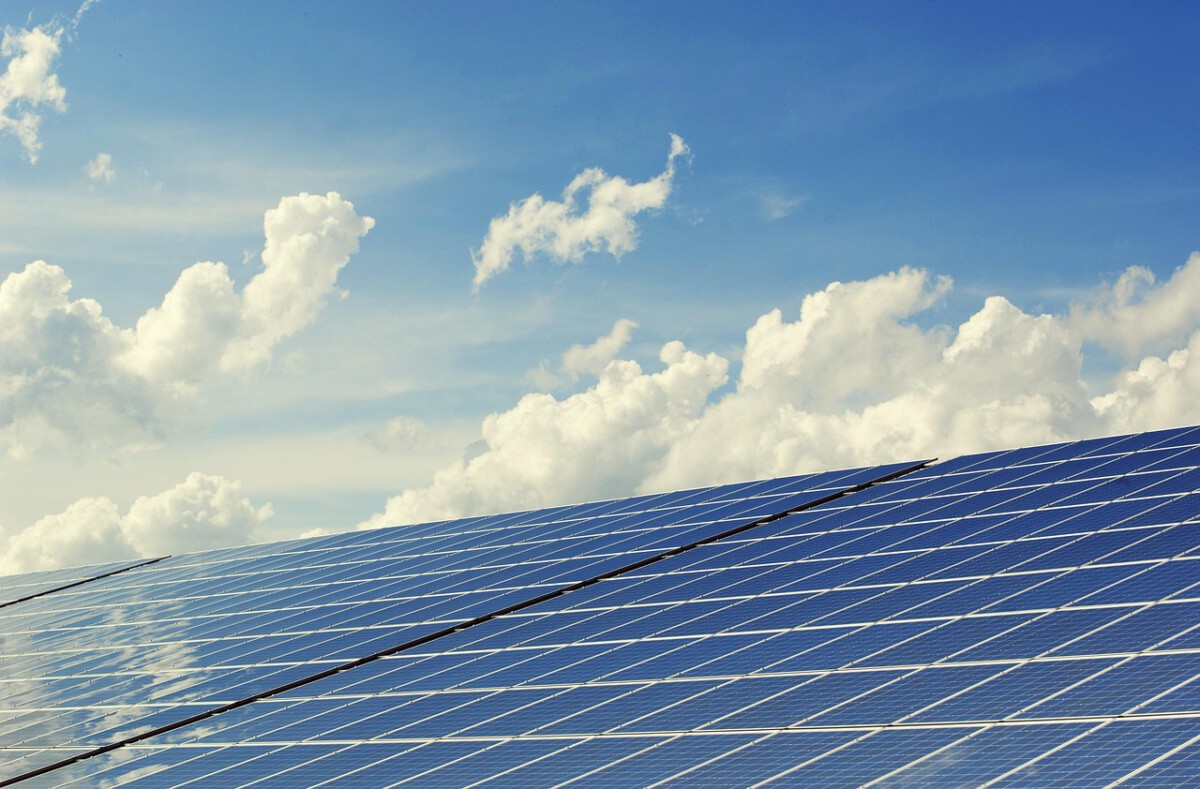The Solar Revolution Transforms America’s Energy Landscape
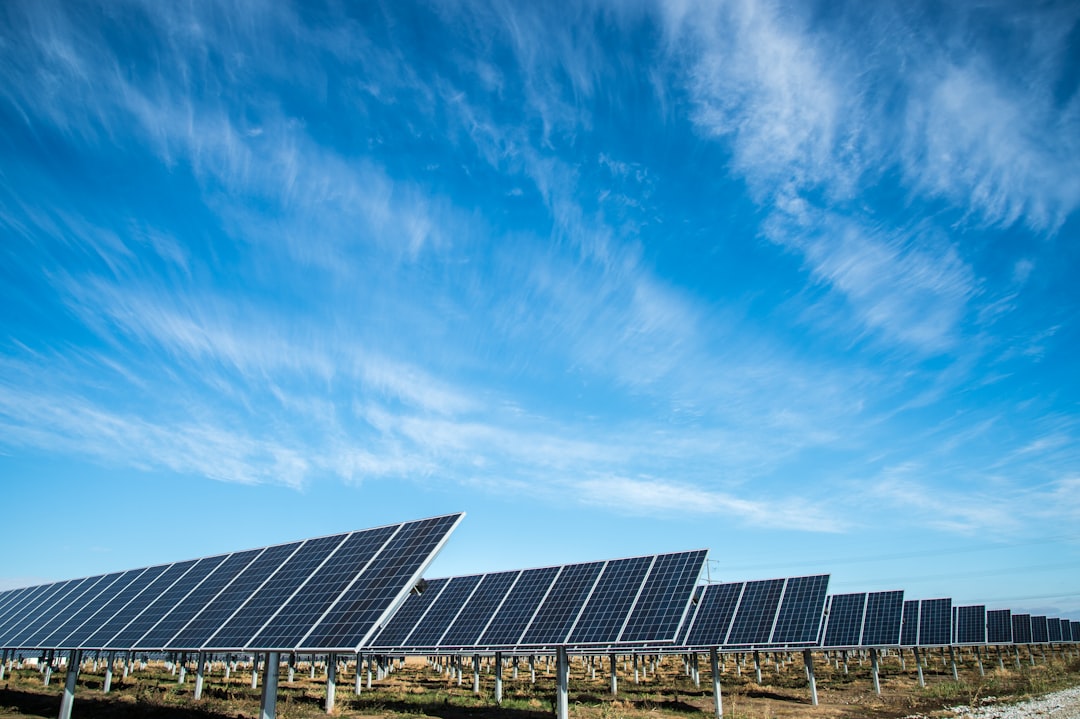
Picture this: just 15 years ago, solar energy cost four times more than the cheapest fossil fuel option. Today, solar is less than half as expensive as the lowest-cost fossil alternative, marking one of the most dramatic cost reversals in industrial history. The transformation is nothing short of remarkable, with solar PV’s levelized cost of electricity (LCOE) being 56% less than the weighted average fossil fuel-fired alternatives in 2023.
This shift isn’t just about numbers on a spreadsheet. It’s fundamentally reshaping how America powers itself, with solar module prices falling 35 percent to 9 cents per watt in 2024. The International Renewable Energy Agency (IRENA) reports that utility-scale solar PV projects showed the most significant decrease of 12% between 2022 and 2023, making clean energy the obvious choice for investors and utilities alike.
Texas Leads the Charge in Wind and Solar Dominance
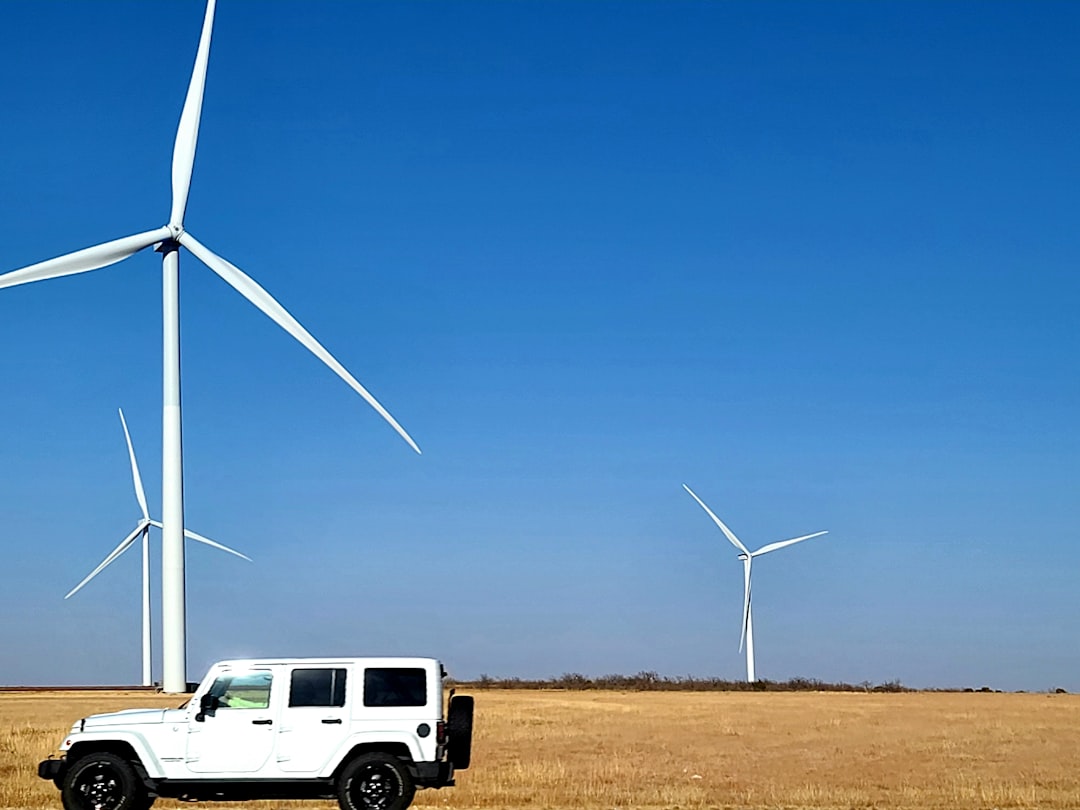
While California often grabs headlines for its environmental policies, Texas has quietly become America’s renewable energy superstar. Texas is estimated to have installed nearly 80% more combined solar, wind and battery capacity than the next largest state, with its transformation driven by pure market forces rather than environmental mandates.
The numbers are staggering. Since 2019, Texas power firms have boosted solar generation capacity by 800%, wind capacity by 50% and battery storage capacity by 5,500%, installing around 19,000 MW of solar, 14,000 MW of wind and 6,200 MW of battery capacity. This explosive growth has resulted in wind and solar farms generating roughly 30% of the state’s electricity in 2024, up from just 18% in 2019.
What makes Texas’s story particularly compelling is that it’s happening in a traditionally fossil fuel-friendly state. The economics are simply too attractive to ignore, proving that renewable energy’s cost advantage transcends political boundaries.
California’s Solar Powerhouse Status
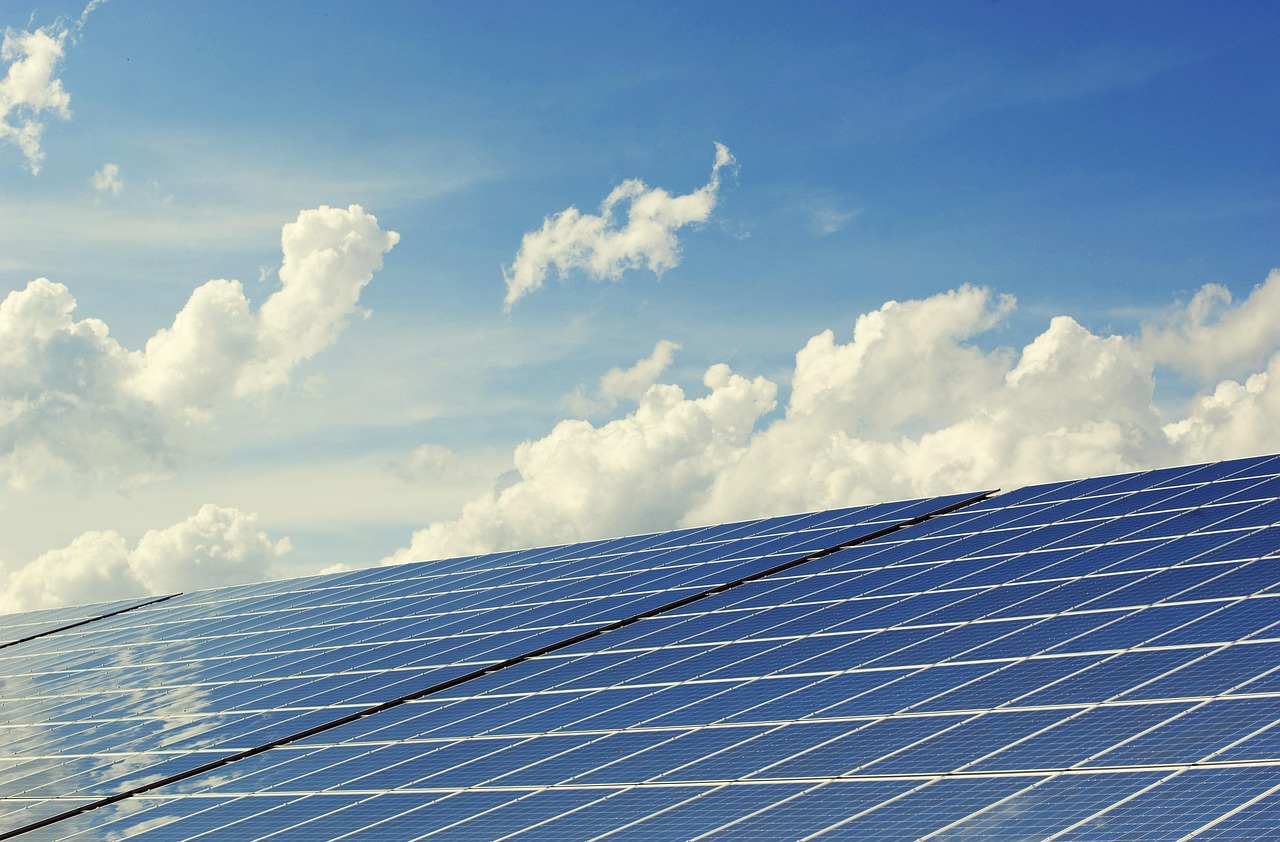
California continues to cement its position as America’s solar capital, though its approach differs significantly from Texas’s market-driven model. California, Texas, and Florida generated the most electricity from solar in 2024, with the Golden State leveraging both favorable regulations and abundant sunshine to maintain its leadership position.
Around 9,000 MW of solar capacity has been added to California’s power system since 2019, bringing the state’s total solar capacity footprint to around 21,500 MW in 2024. The state has also invested heavily in storage solutions, with California’s utility-scale battery network growing from around 240 MW in 2019 to over 11,000 MW last year – the largest in the country.
This combination of solar generation and battery storage creates a powerful one-two punch, allowing California to harness the sun’s energy during peak production hours and release it when demand peaks in the evening. It’s a model that other states are increasingly studying and adopting.
Florida’s Solar Surge Defies Expectations

Florida’s renewable energy story might surprise you. Despite having no wind power capacity, the Sunshine State has rapidly climbed the ranks to become America’s third-largest renewables producer. Florida has the third-largest footprint of renewables and battery capacity, having boosted its solar footprint from less than 50 MW in 2019 to over 10,500 MW in 2024.
This represents an incredible 21,000% increase in just five years, demonstrating that when economic incentives align with natural resources, the results can be explosive. Florida produced 23,930 thousand megawatt hours of electricity using renewable energy sources, making up 9.0% of its total electricity. While this percentage might seem modest, the rapid growth trajectory suggests Florida is just getting started.
The Midwest Wind Belt Transforms Energy Economics
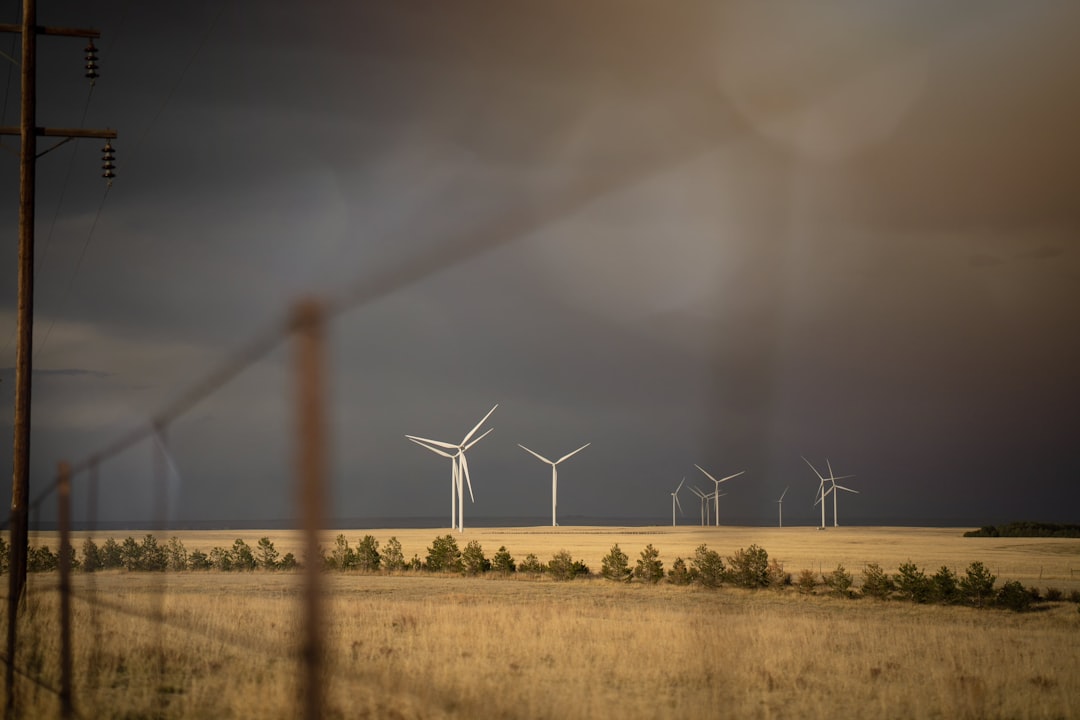
The American Midwest has become synonymous with wind energy, and for good reason. Texas, Iowa, and Oklahoma generated the most from wind, with Iowa particularly standing out as a wind energy pioneer. The state consistently generates over 50% of its electricity from wind, proving that renewables can reliably power entire regions.
What’s fascinating about the Midwest’s wind success is how it’s transforming rural economies. Farmers who once struggled with commodity price volatility now have a steady income stream from wind turbines on their land. The economic benefits extend beyond individual farmers to entire communities, creating a powerful constituency for continued renewable energy development.
Onshore wind has been cheaper than fossil fuels since 2013, giving these states a significant head start in the transition. The combination of excellent wind resources and low costs has made wind energy the obvious choice for new electricity generation across the region.
The Solar-Plus-Storage Revolution
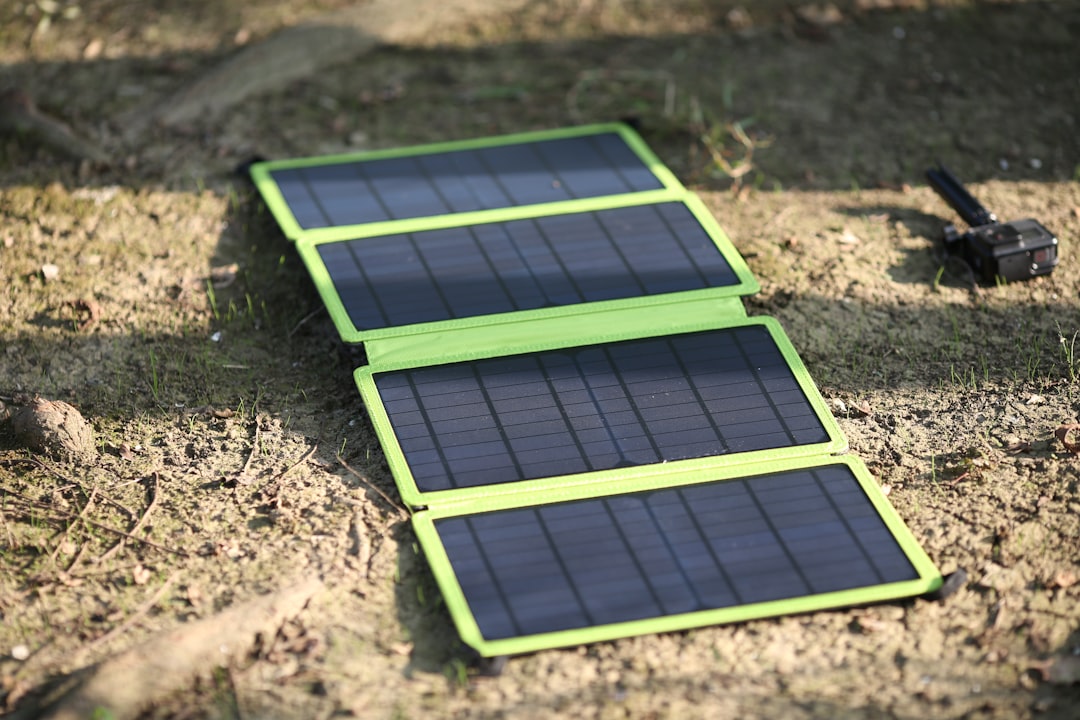
The game-changing technology isn’t just solar panels or wind turbines alone – it’s the combination of renewable generation with battery storage. Battery storage annual capacity additions increased from 0.1 GWh gross capacity in 2010 to 95.9 GWh gross capacity in 2023, with costs declining 89% from $2,511 per kWh to $273 per kWh.
This cost collapse has solved renewable energy’s biggest challenge: intermittency. States can now store excess solar and wind energy for use when the sun isn’t shining or the wind isn’t blowing. Around 62,000 MW of grid-scale battery storage is expected to be deployed between 2024 and 2028, with an additional 10,000 MW of residential storage capacity.
The implications are profound. Utilities can now confidently plan their grids around renewable energy, knowing they have the storage capacity to maintain reliability. This technological breakthrough has accelerated the economic case for renewables across all 50 states.
Coal Plants Can’t Compete on Economics
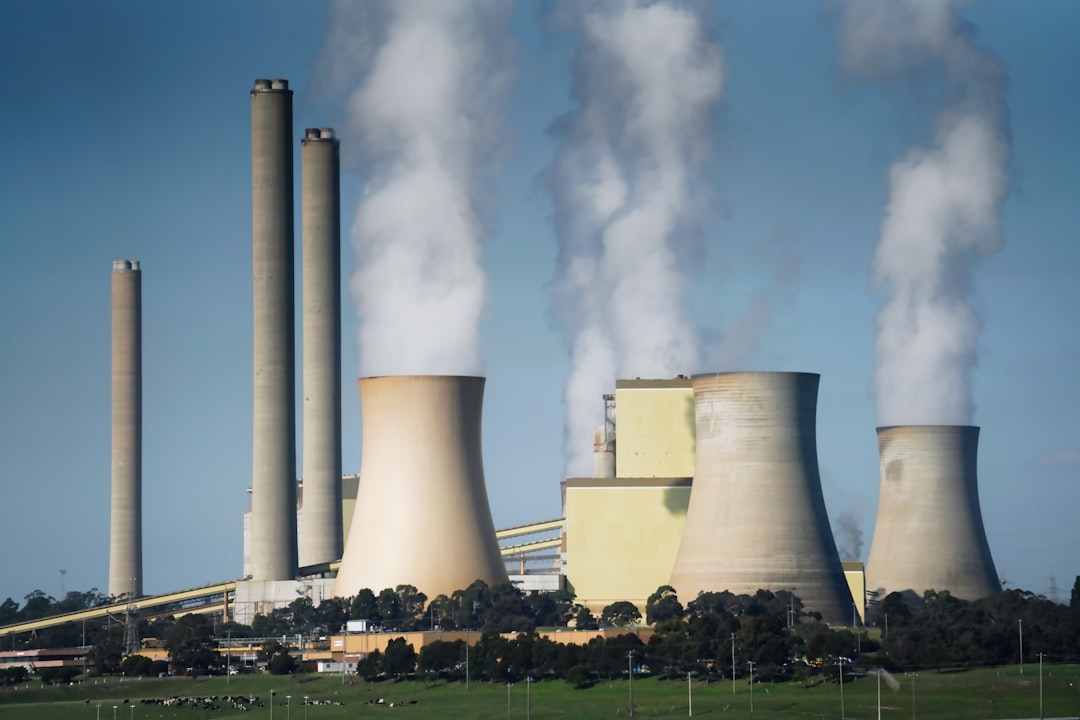
The writing is on the wall for coal-fired power plants across America. Since the peak of US coal power in 2007, wind and solar have overtaken coal in 24 states, with Illinois the latest to join the ranks in 2024, following Arizona, Colorado, Florida and Maryland in 2023.
The economic reality is stark: since coal generation peaked in 2007, the US has made significant progress in its clean energy transition, leading to a 68% fall in coal and a 32% reduction in power sector emissions. Coal plants simply can’t compete with the near-zero marginal costs of renewable energy once the infrastructure is built.
What’s particularly striking is that this transition is happening even in coal-producing states. Economics trumps politics when the cost differences become too large to ignore, and renewable energy has reached that tipping point in state after state.
Natural Gas Battles Solar for New Capacity
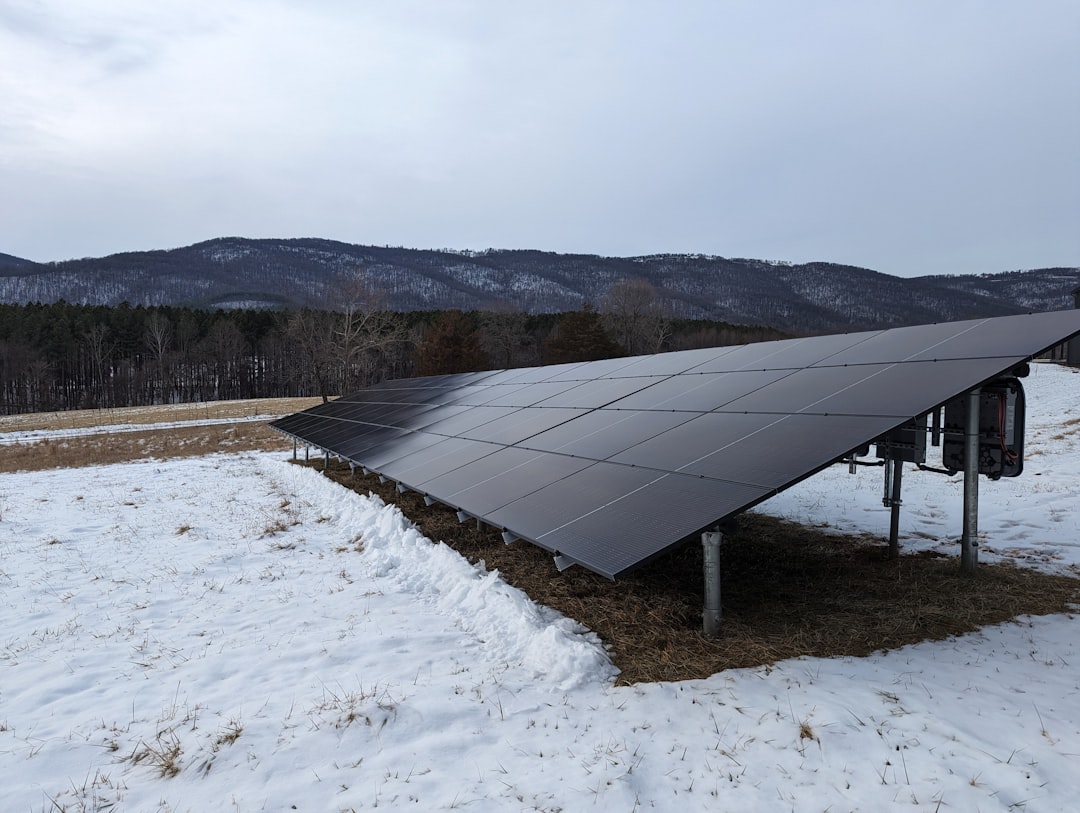
While coal retreats, natural gas has become renewable energy’s main competitor for new electricity generation. However, even this battle is tilting toward renewables. The battle is now between solar and gas to meet rising electricity demand, and solar is winning – it added more generation than gas in 2024.
The specific numbers tell the story: solar added 64 TWh more generation than gas’s 59 TWh in 2024. This represents a fundamental shift in the American energy landscape, where clean energy is not just competing with fossil fuels but actively displacing them in the race to meet growing electricity demand.
Without solar and wind growth, gas would have needed to rise by 9%— more than double its actual increase of 3.3%— to meet rising demand and coal’s small decline. This demonstrates how renewables are serving as a brake on fossil fuel expansion, even as overall electricity demand grows.
The LCOE Advantage Accelerates Adoption

The levelized cost of electricity (LCOE) has become the gold standard for comparing energy sources, and renewable energy consistently comes out ahead. Despite headwinds and macroeconomic challenges, renewables remain the most cost-competitive form of new-build generation on an unsubsidized basis, particularly true in the current high power demand environment where renewables stand out as both the lowest-cost and quickest-to-deploy generation resource.
The IRENA analysis shows just how dramatic the cost advantage has become. The global weighted average LCOE of new onshore wind projects was 67% lower than the weighted average fossil fuel-fired alternative in 2023, having been 23% higher than fossil fuels in 2010. This complete reversal in cost competitiveness has fundamentally altered the energy investment landscape.
What makes these numbers even more impressive is that they represent unsubsidized costs. Renewable energy has achieved cost parity and superiority through technological advancement and economies of scale, not through government support.
Red States Embrace Market-Driven Clean Energy
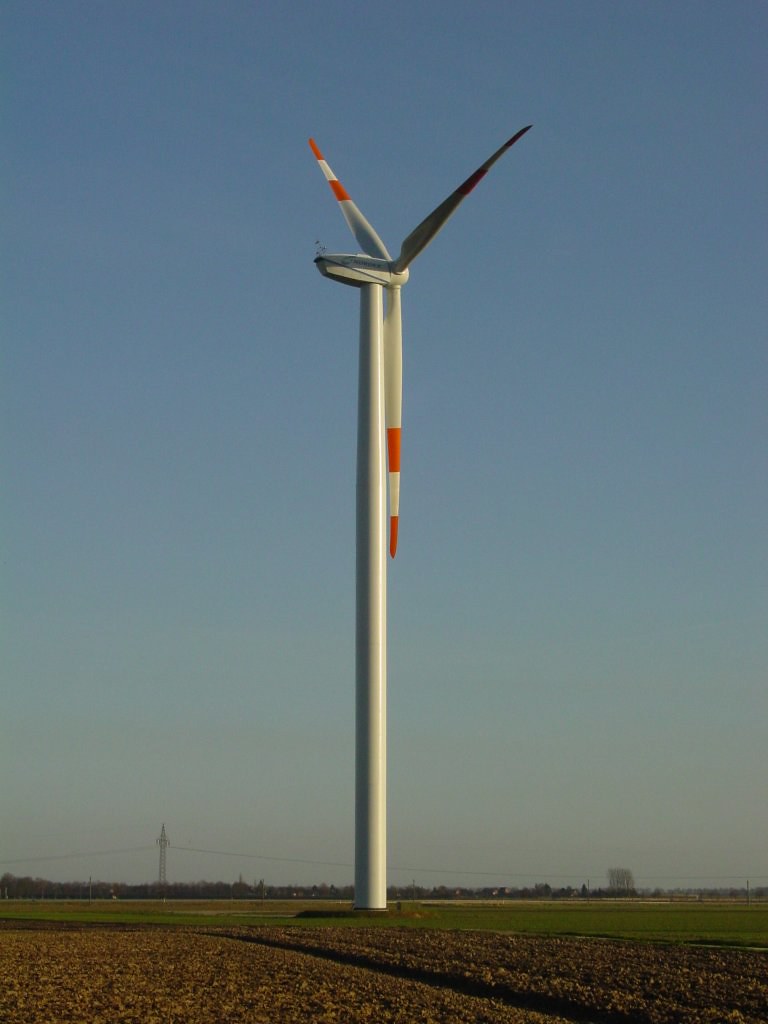
One of the most surprising developments in America’s energy transition has been the enthusiastic adoption of renewable energy in traditionally conservative states. Republican states have embraced renewables as an economic and industrial opportunity for job creation, energy security, and investment, rather than viewing them through an environmental lens.
This market-driven approach has proven remarkably effective. Federal policies, especially the Inflation Reduction Act, have reinforced renewable growth nationwide, with funding heavily concentrated in red counties. The economic benefits are simply too compelling to ignore, regardless of political affiliation.
The result is a bipartisan energy transformation driven by economics rather than ideology. Whether through Texas’s market-driven expansion of renewables or California’s regulatory climate policies, the U.S. appears likely to continue its path toward a cleaner energy future.
Grid Modernization Enables Renewable Integration
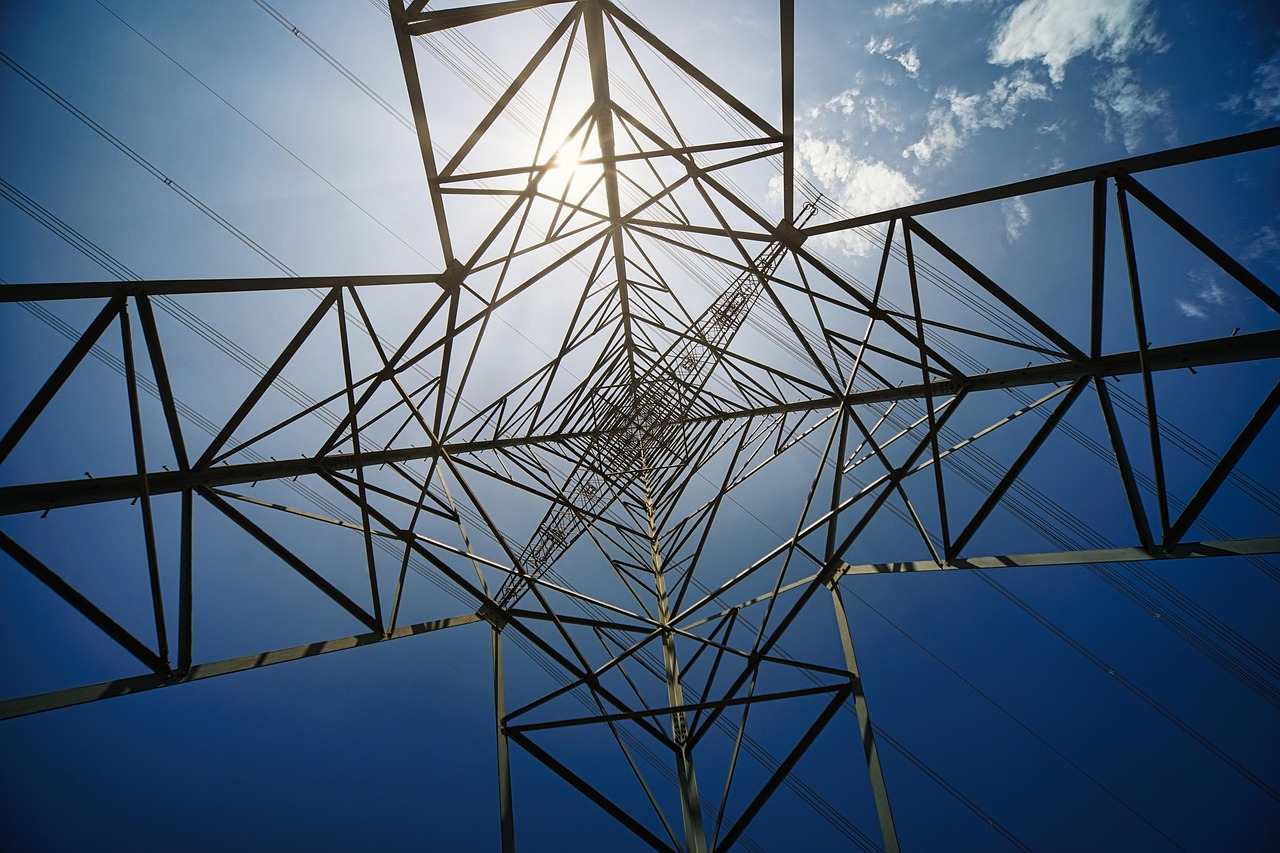
The success of renewable energy in various states depends heavily on grid infrastructure capable of handling variable generation sources. Several major grid expansion projects were proposed in 2024 to enhance resilience as electricity demand rises and renewables grow.
This infrastructure investment is crucial for maximizing renewable energy’s economic advantages. Modern grid systems can better balance supply and demand, integrate storage systems, and transmit power from areas with abundant renewable resources to population centers. There is bipartisan consensus on the need for federal permitting reforms for energy infrastructure and grid modernization.
The grid modernization efforts are paying dividends in reliability and cost savings. States with more advanced grid infrastructure are seeing greater renewable energy penetration and lower electricity costs, creating a virtuous cycle of investment and improvement.
The Manufacturing Boom Follows Renewable Growth

The renewable energy cost advantage has triggered a manufacturing renaissance in states that have embraced clean energy. China is exporting green energy tech so cheaply that the rest of the world is thinking about erecting barriers to protect their own industries, but the overall trend in cost reductions is so strong that nobody will be able to halt it.
This global cost decline benefits American consumers and businesses, even as it challenges domestic manufacturers. States that have positioned themselves as renewable energy leaders are attracting significant manufacturing investments, from solar panel assembly to wind turbine production and battery manufacturing.
The economic multiplier effects are substantial. Each renewable energy project creates jobs not just in construction and operation, but in the entire supply chain that supports the industry. States that moved early into renewable energy are reaping the economic rewards of this industrial transformation.
Storage Technology Completes the Economic Case

The final piece of the renewable energy puzzle has been solved through dramatic improvements in battery storage technology. EV batteries are now below $100/kWh and often at cost parity with their fossil-fueled competition, with similar cost reductions benefiting grid-scale storage applications.
This storage revolution addresses the last major argument against renewable energy: reliability. With affordable storage, renewable energy can provide the same 24/7 reliability as fossil fuel plants, but at a lower cost. Batteries will ensure that solar can grow cheaper and faster than gas, according to energy analysts.
The storage boom is creating new economic opportunities for states. Battery manufacturing, installation, and operation are generating jobs and tax revenue, while improving grid reliability and reducing electricity costs for consumers and businesses.
The Tipping Point Has Arrived
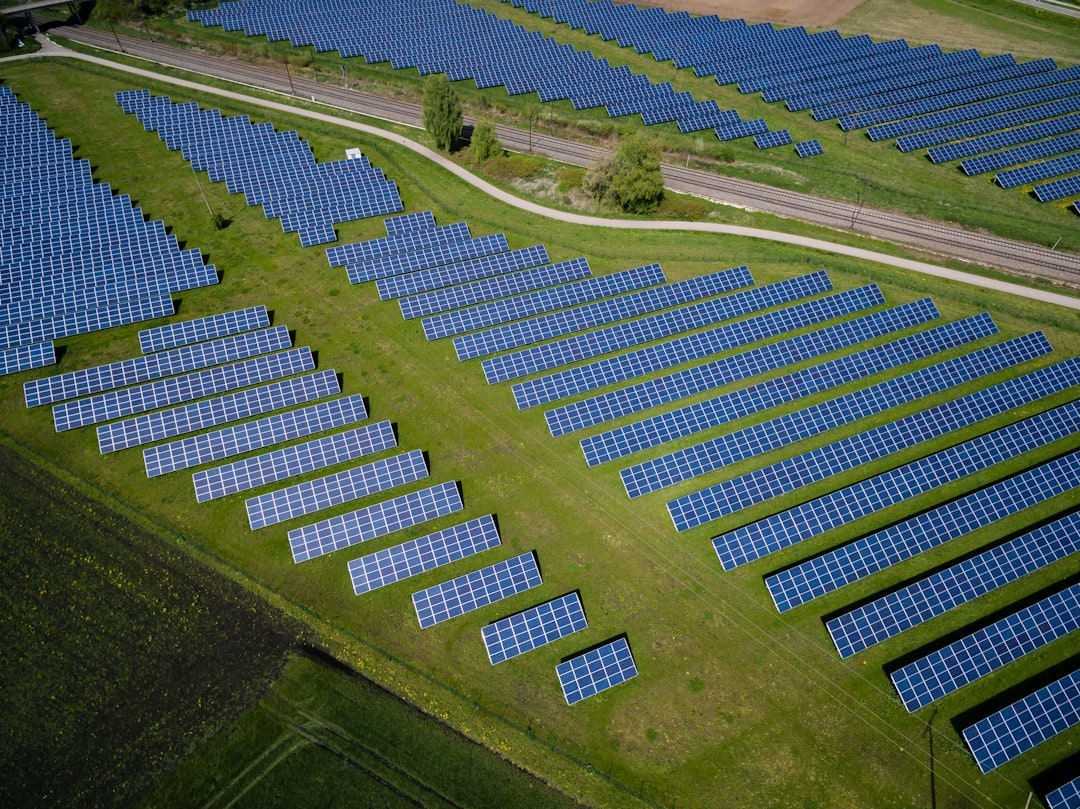
The evidence is overwhelming: renewable energy has reached a tipping point where it’s not just competitive with fossil fuels, but decisively superior on economic grounds. Over three-quarters of new renewable energy capacity added last year was cheaper than fossil fuels, demonstrating that this isn’t a temporary advantage but a permanent shift in the energy landscape.
With renewable and storage costs falling, clean energy dominates, accounting for 93% of new electricity generation in 2025 while gas contributes just 7%. This represents a fundamental transformation in how America generates electricity, with economic forces driving the change rather than environmental regulations.
The states that have embraced this transition early are reaping the economic benefits through lower electricity costs, job creation, and industrial investment. Those that resist are increasingly finding themselves at an economic disadvantage as the cost gap between renewable and fossil fuel energy continues to widen.
What This Means for America’s Energy Future

The renewable energy revolution sweeping across American states represents more than just a technological shift – it’s an economic transformation that’s reshaping entire regions. From Texas’s wind-powered plains to California’s solar-covered rooftops, from Florida’s rapidly expanding solar farms to the Midwest’s wind belt, states are discovering that clean energy isn’t just good for the environment – it’s good for business.
The renewable power deployed globally since 2000 has saved up to USD 409 billion in fuel costs, with growth leading to technology improvements and cost reductions. These savings are flowing directly to consumers and businesses in the form of lower electricity bills and more stable energy costs.
The question is no longer whether renewable energy will dominate America’s electricity generation, but how quickly the transition will occur. With solar and wind accounting for 17% of total U.S. electricity generation in 2024 and costs continuing to fall, the economic case for clean energy becomes more compelling every year. The states that recognize this reality and act on it will be the economic winners of the 21st century.

